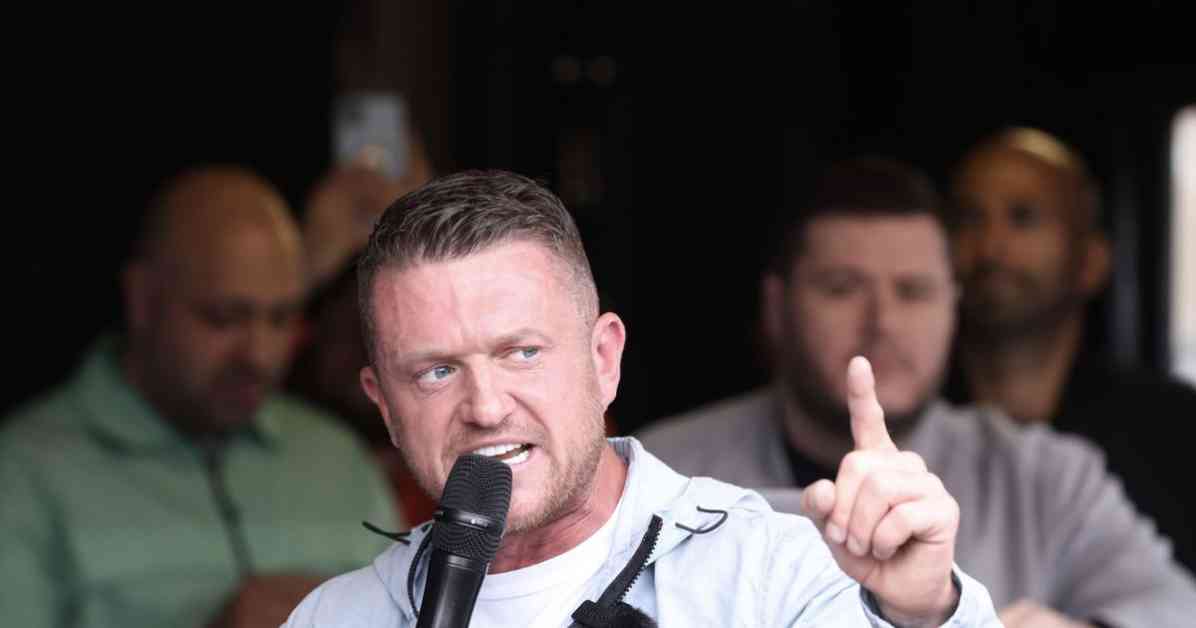Tommy Robinson, a far-right self-proclaimed journalist, has returned to the UK after fleeing court proceedings in July. He had organized a protest outside Downing Street on October 26, but now it seems he may not be able to attend. Robinson, whose real name is Stephen Yaxley-Lennon, posted a video informing his followers that he had to see his lawyers in London regarding his case and may be charged under the Terrorism Act. If remanded, he may not be able to attend the protest.
Robinson expressed his desire to be present at the protest and mentioned that everything is prepared in case he is detained. He also mentioned a bail hearing to fight against any charges. He thanked his supporters and provided a link for financial support. The protest, called Stand up to Tyranny, is scheduled to take place outside 10 Downing Street. There are planned counter protests, including one by Stand Up to Racism at Regent Street St James’s on the same day.
The Metropolitan Police is aware of the planned protest and mentioned that each event is assessed individually, with an appropriate policing plan in place. Robinson had fled the UK in July after a warrant was issued for his arrest related to alleged contempt proceedings. The High Court was told that the contempt allegations were connected to a film shown at a protest in Central London.
Despite the uncertainty surrounding Robinson’s attendance at the protest, the event is generating a lot of attention and reactions from various groups. The planned counter protests indicate the division and differing opinions within the community regarding Robinson’s activism and influence. The situation highlights the complexity of balancing freedom of speech with public safety and order during such events.
The response to Robinson’s return and planned protest reflects the ongoing debate around issues of nationalism, patriotism, and far-right ideologies in the UK. The clash of perspectives and the potential for tensions during the protest underscore the need for effective communication, dialogue, and possibly mediation to prevent any escalation of conflict. The involvement of law enforcement and the monitoring of social media posts show the importance of ensuring public safety and upholding the law while respecting the right to peaceful protest.












